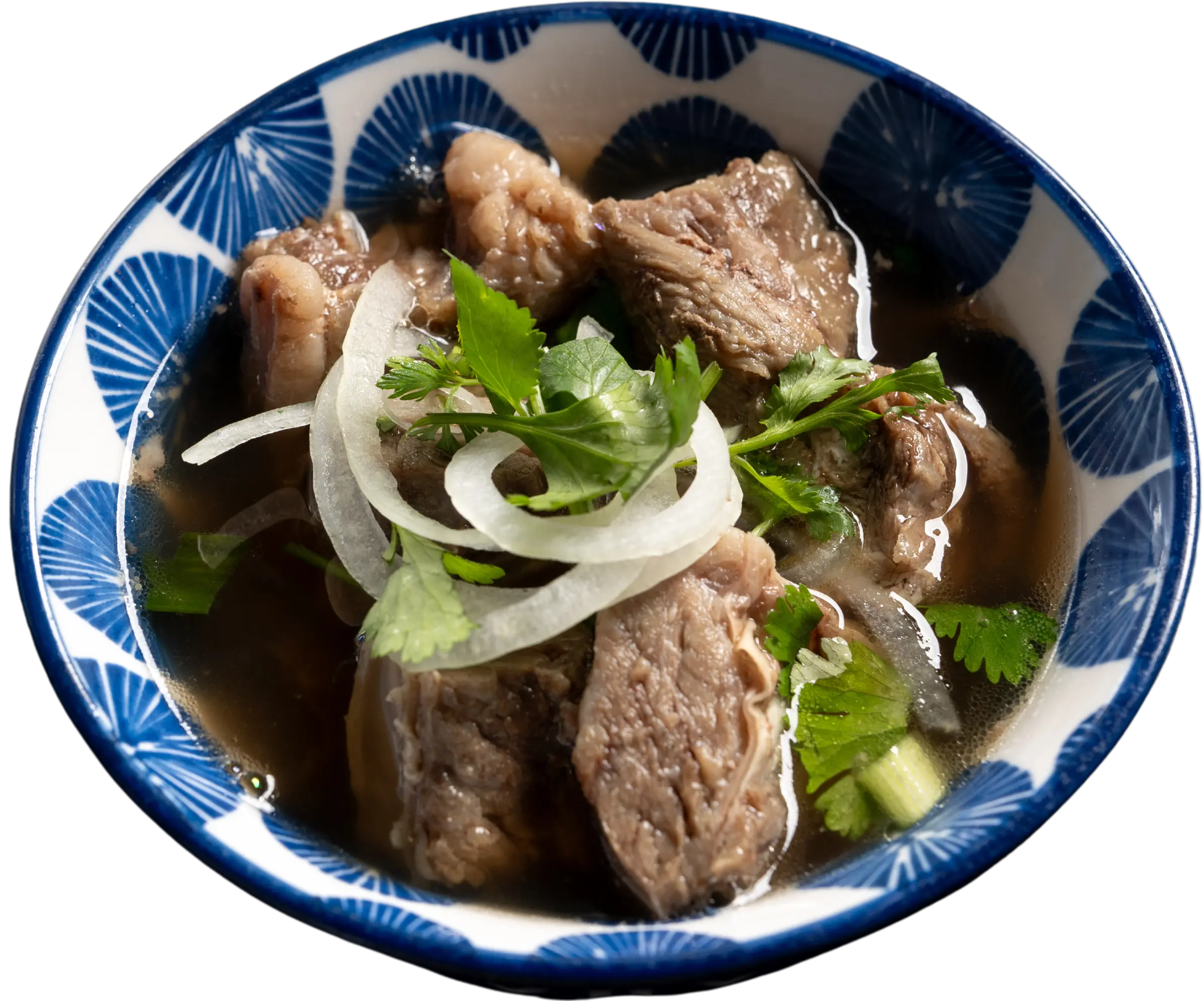Vietnamese Food PHO




In the world of culinary delights, there are few dishes as universally adored and celebrated as pho. Originating from the streets of Vietnam, this iconic noodle soup has managed to captivate taste buds around the globe, becoming a true food sensation. But what is it about pho that has made it so pho-nomenal?
With its rich and aromatic broth, delicate rice noodles, and a comforting mix of tender meat or fresh vegetables, pho offers a symphony of flavors and textures in every spoonful. It’s the epitome of comfort food, satisfying both the soul and the palate.
But pho’s path to worldwide fame wasn’t without its challenges. From humble beginnings as a street food staple in Vietnam, it gradually made its way onto the menus of trendy restaurants and has now become a regular feature in cities from New York to Sydney, Amsterdam to Tokyo.
Through its journey, pho has not only won over the hearts of food enthusiasts but has also become a symbol of Vietnamese culture and heritage. Its rise to global stardom is a testament to the power of a simple yet unforgettable dish.
So join me on a culinary adventure as we explore the fascinating story behind pho and its journey from local favorite to a global gastronomic phenomenon.
The origins of Pho: A glimpse into its rich history
Pho’s roots can be traced back to the early 20th century in Northern Vietnam. It is believed to have been inspired by French influences during the colonial era, combining Vietnamese rice noodles with French beef stew. However, the exact origins of pho are still a subject of debate among food historians.
Initially, pho was a simple street food, sold by street vendors who carried portable kitchens on shoulder poles. It was mainly consumed by the working class as a hearty and affordable meal. Over time, pho gained popularity, and small pho shops started to emerge, serving the dish in bustling markets and lanes.
The rise of Pho: How it gained popularity in Vietnam and beyond
Pho’s popularity soared during the Vietnamese War in the 1960s and 1970s when soldiers from around the world tasted this delightful soup while stationed in Vietnam. They brought their newfound love for pho back to their home countries, spreading its fame across borders.






In the years following the war, as Vietnam gradually opened up to the world, pho became a symbol of Vietnamese cuisine. Its flavors and comforting nature resonated with people from different cultures, leading to an exponential growth in its popularity. Today, pho is not only a beloved dish in Vietnam but also a global culinary icon.
Pho’s global influence: Exploring its presence in different countries
Pho’s journey from Vietnam to the rest of the world has been nothing short of remarkable. It has found a place on menus in cities as diverse as New York, Sydney, Amsterdam, and Tokyo. Vietnamese immigrants and their descendants have played a crucial role in introducing pho to new markets, opening up restaurants that serve authentic renditions of the dish.
In each country, pho has adapted to local tastes and preferences. In the United States, for example, pho has become a staple of Vietnamese-American cuisine, with variations like chicken pho and vegetarian pho gaining popularity. In Australia, pho is often enjoyed for breakfast, accompanied by a strong cup of coffee.
The art of making Pho: Unraveling the secrets behind its flavorful broth and toppings
At the heart of every bowl of pho lies the soul-soothing broth. Made by simmering beef bones, charred onions, ginger, and an assortment of spices for hours, the broth is the essence of pho’s flavor. The slow cooking process allows the bones to release their rich marrow, resulting in a savory and fragrant liquid that forms the base of the soup.
The toppings and garnishes add depth and texture to the dish. Thinly sliced beef, cooked rare and allowed to gently cook in the hot broth, adds a tender and juicy element. Fresh herbs like basil, cilantro, and mint provide a burst of freshness, while bean sprouts and lime add a touch of tanginess and crunch. Sriracha and hoisin sauce are commonly used for an added kick of flavor.
Pho variations: Discovering regional and modern twists on the classic dish
While traditional pho is made with beef, there are numerous variations of the dish, both in Vietnam and abroad. In the southern region of Vietnam, pho is often served with a sweeter broth and additional herbs and vegetables. In Hanoi, the capital city, pho is known for its simplicity, with minimal toppings and a lighter broth.
Outside of Vietnam, chefs and food enthusiasts have put their own spin on pho, incorporating local ingredients and flavors. Seafood pho, made with shrimp, squid, and fish, is a popular choice in coastal areas. Vegetarian and vegan versions of pho have also gained traction, using mushrooms and tofu as protein substitutes.
Pho etiquette: Tips for enjoying Pho like a true connoisseur
To truly appreciate the flavors and experience of pho, there are a few etiquette tips to keep in mind. First, it’s customary to add the garnishes and sauces to the pho according to your taste. Feel free to experiment and find the perfect balance of flavors that suits your palate.
When it comes to eating pho, using chopsticks and a spoon is the norm. Use the chopsticks to pick up the noodles and meat, and the spoon to sip the broth. Slurping the noodles is not only acceptable but also encouraged, as it helps to cool down the noodles and enhances the overall experience.






Pho in pop culture: How Pho has made its mark in movies, music, and literature
Pho’s influence extends beyond the realm of food. It has made appearances in popular culture, becoming a symbol of Vietnamese identity and cuisine. In movies like “The Grand Budapest Hotel” and “Good Morning, Vietnam,” pho has been featured as a culinary delight that represents Vietnam’s vibrant culture.
In music, artists like Nelly Furtado and Kanye West have referenced pho in their lyrics, acknowledging its cultural significance. Pho has also been the subject of books and travel guides, with authors highlighting its irresistible flavors and the unique experience of enjoying a bowl of pho in Vietnam.
Pho’s health benefits: Exploring the nutritious aspects of this beloved dish
Beyond its delicious taste, pho offers several health benefits. The broth, made from simmering bones, is rich in collagen, which promotes healthy skin, hair, and joints. The spices used in the broth, such as star anise and cinnamon, have antioxidant and anti-inflammatory properties.
The rice noodles in pho provide a source of energy, while the fresh herbs and vegetables add essential vitamins and minerals. The combination of protein from the meat and the fiber from the vegetables makes pho a balanced and nutritious meal.
Pho’s journey from a humble street food in Vietnam to a global food sensation is a testament to its undeniable appeal. Its rich history, diverse variations, and ability to adapt to different cultures have contributed to its enduring success.
Whether enjoyed in a busy street stall in Hanoi or a trendy restaurant in New York, a bowl of pho offers a taste of Vietnam’s vibrant culinary heritage. So next time you savor a spoonful of this iconic dish, remember the stories it carries and the people it has brought together in a shared love for pho-nomenal flavors.
Copyright©2024 | All Rights Are Reserevd .